Reportar esta entrada
Más sobre la misma comunidad-colección
Paul L. Foster School of Medicine
Paul L. Foster School of Medicine at 5001 El Paso Dr, El Paso, ...
Paul L. Foster School of Medicine
Paul L. Foster School of Medicine located at 5001 El Paso Dr, El ...
Paisano Green Community Senior Housing
The Paisano Green Community (located 4000 E Paisano Drive) is ...
Paisano Green Community Senior Housing
The Paisano Green Community (located 4000 E Paisano Drive) is ...
Paisano Green Community Senior Housing
The Paisano Green Community (located 4000 E Paisano Drive) is ...
Paintball field in far East El Paso
American Eagle paintball field 2 in 15670 Montana, El Paso ...

















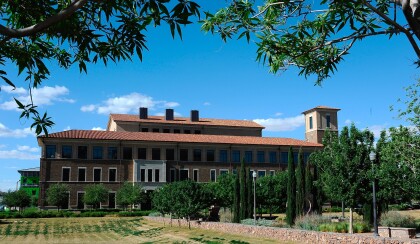
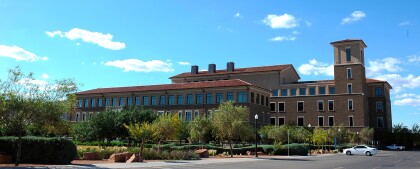
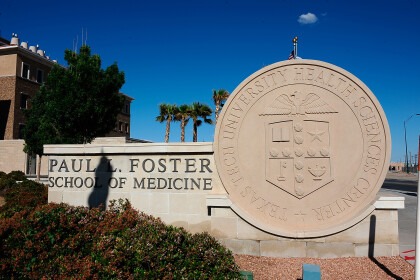
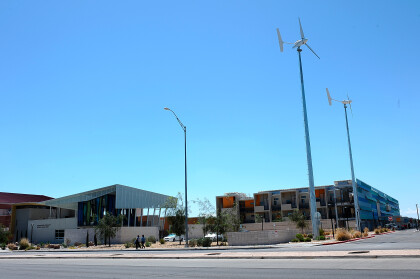
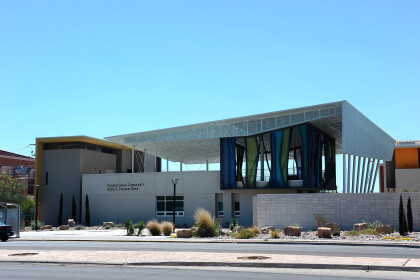
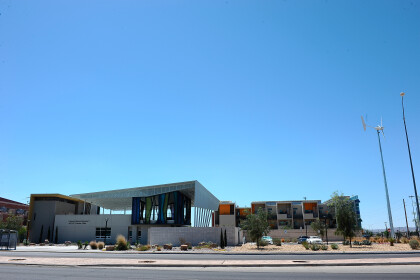
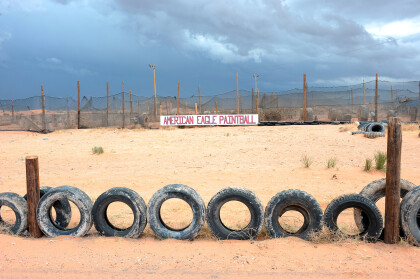
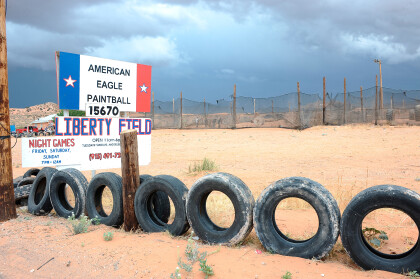
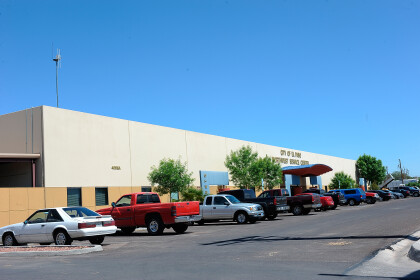
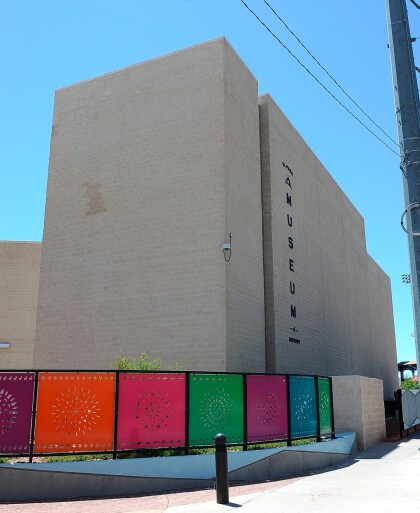
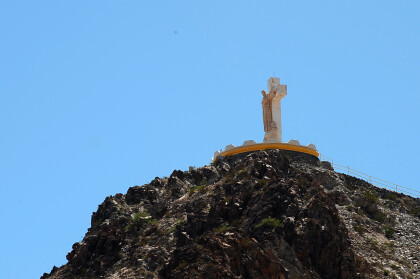
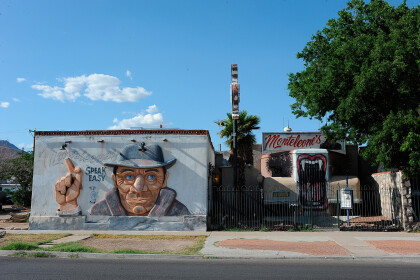
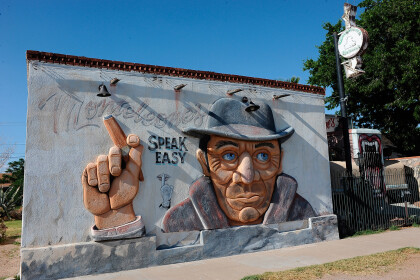
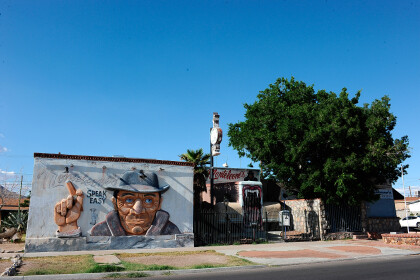
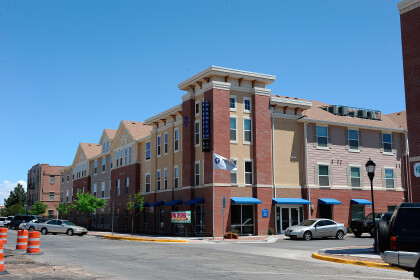
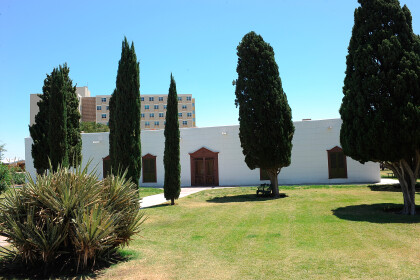
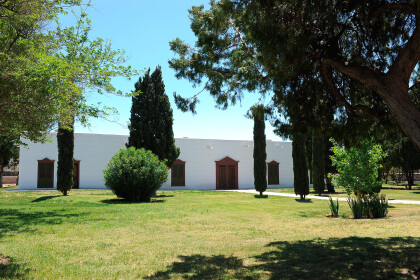
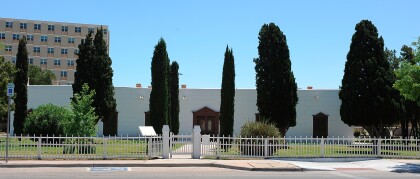
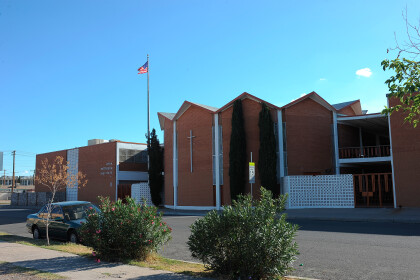
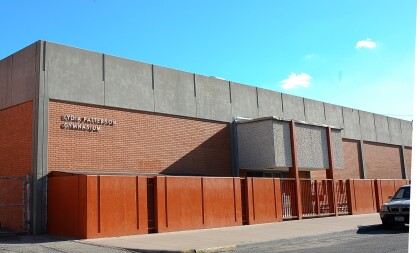
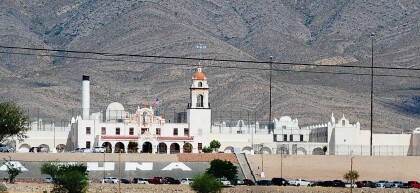
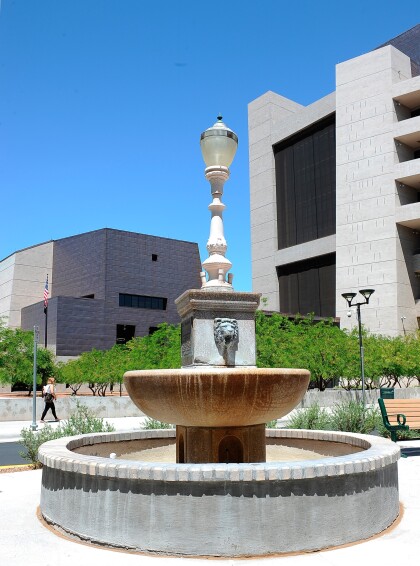
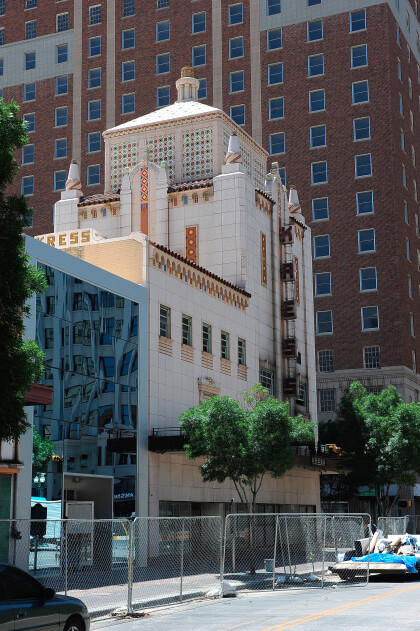
Comentarios
Hacer un comentario